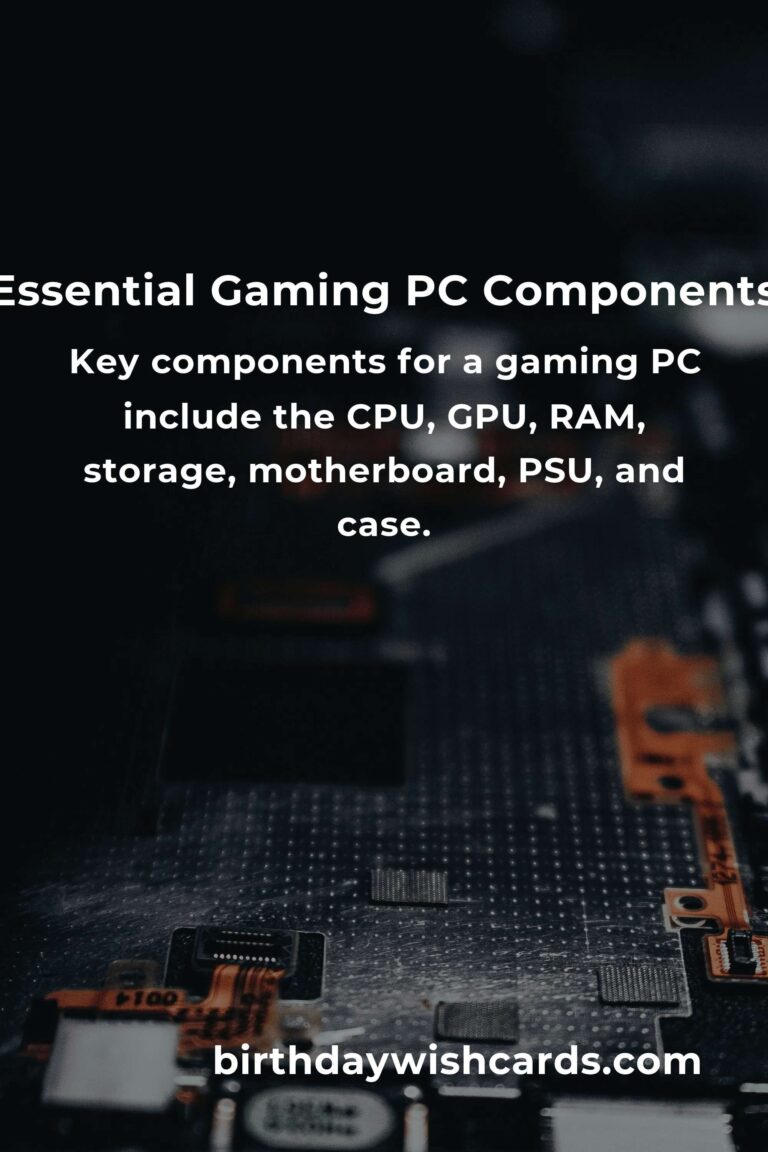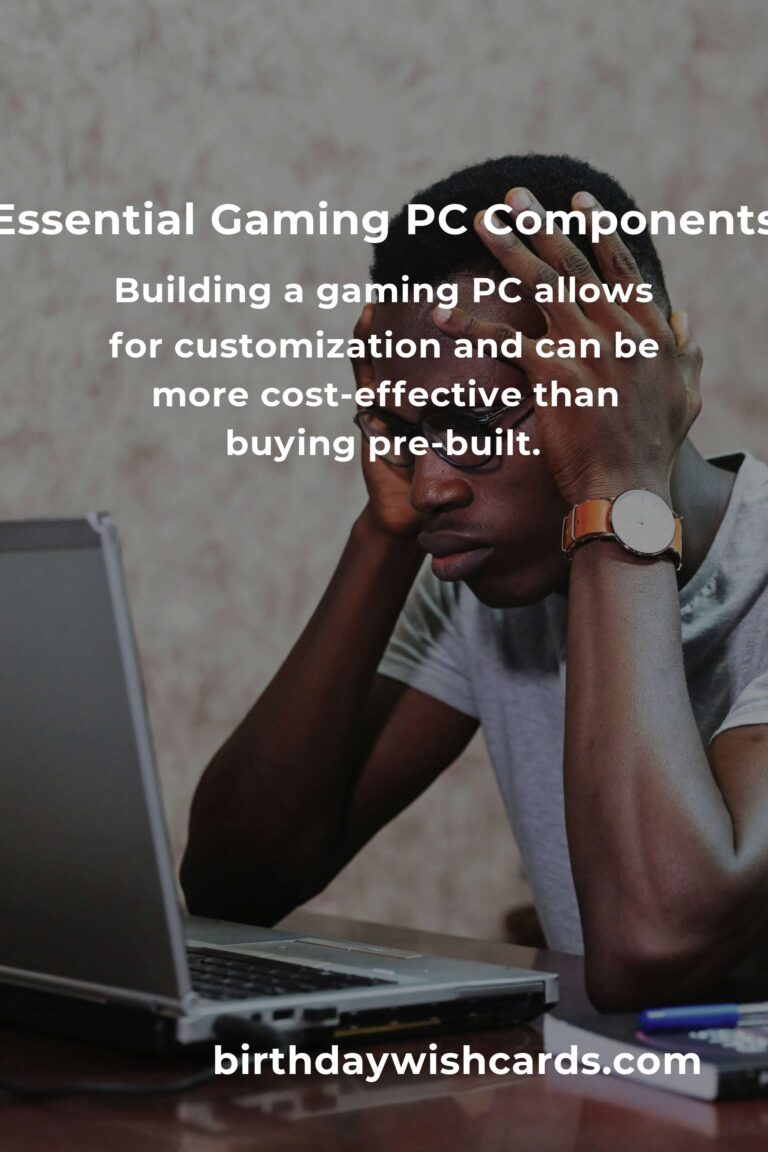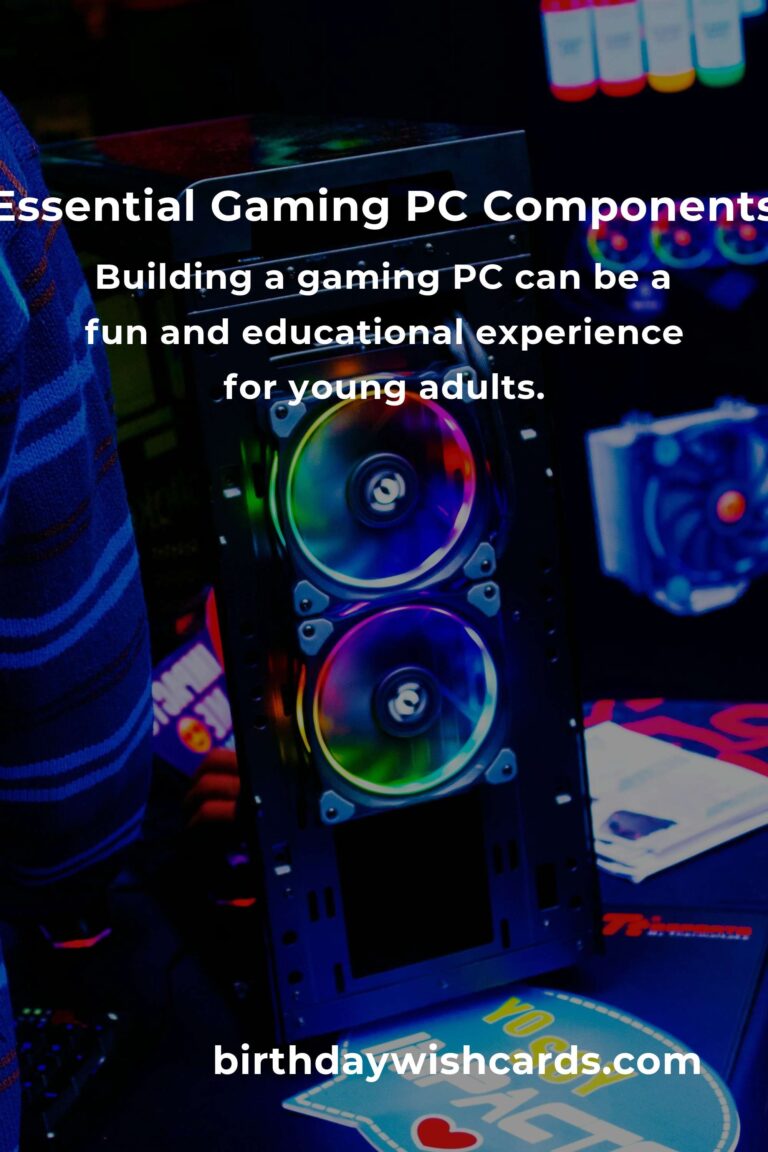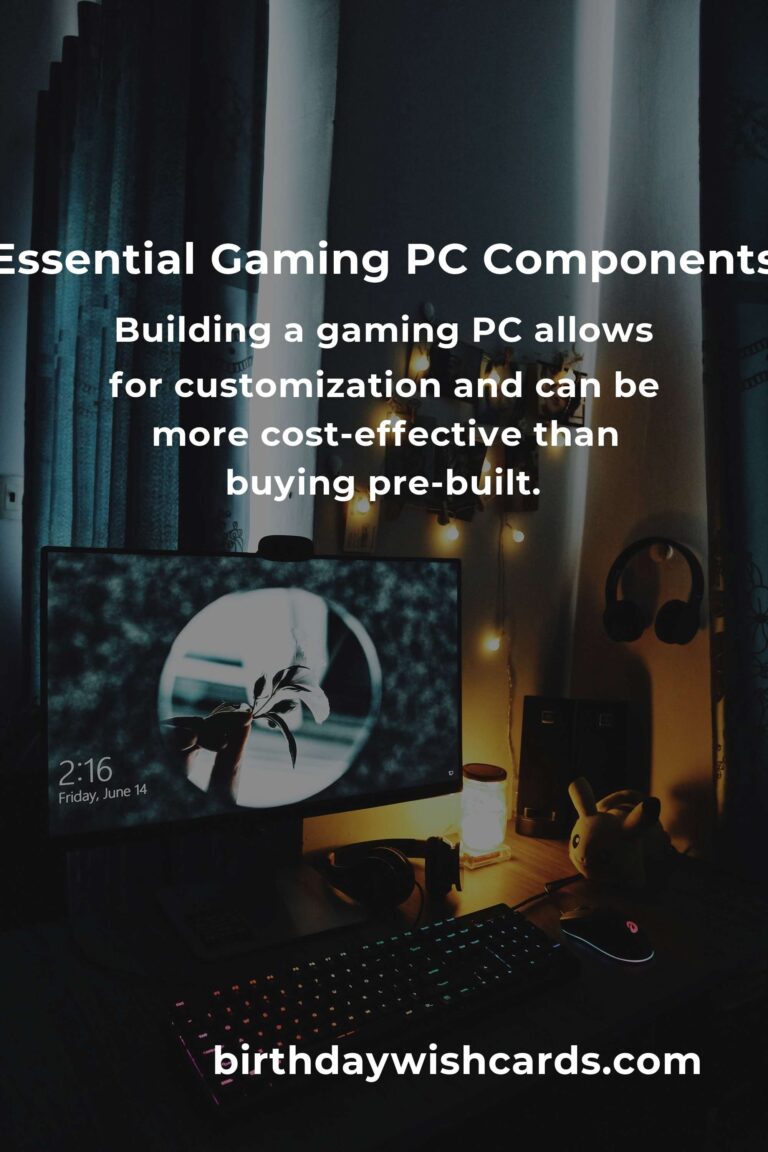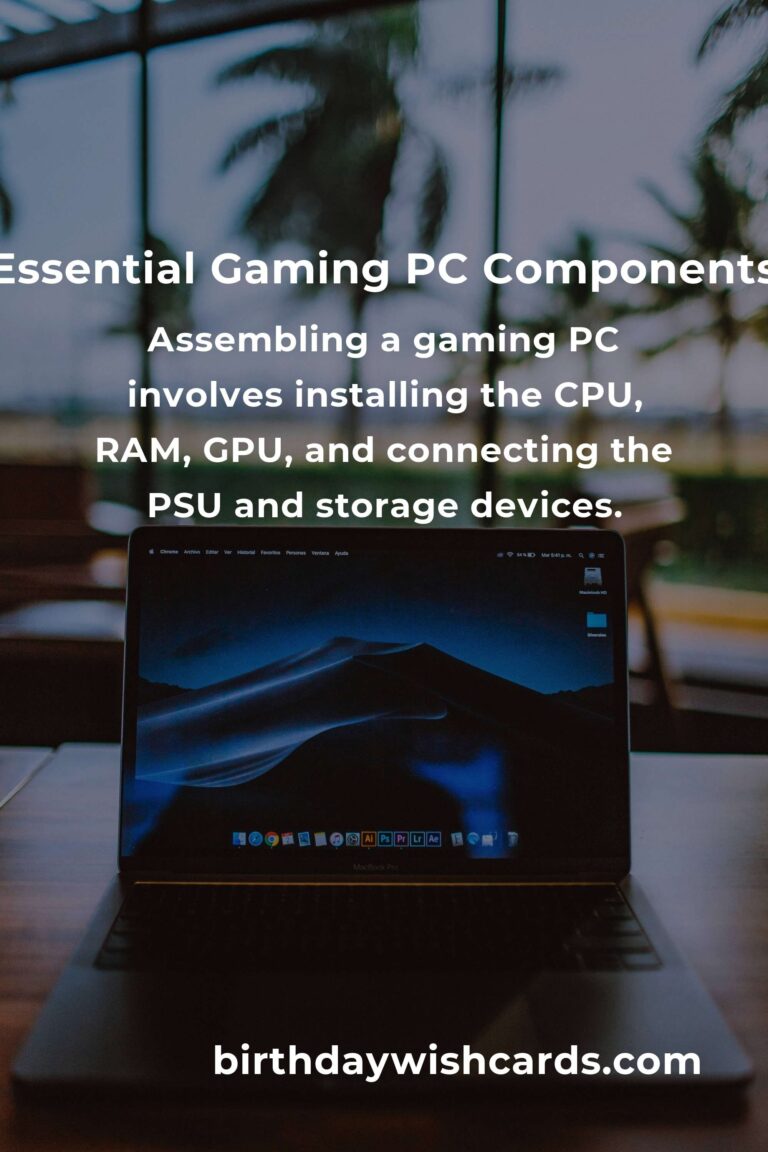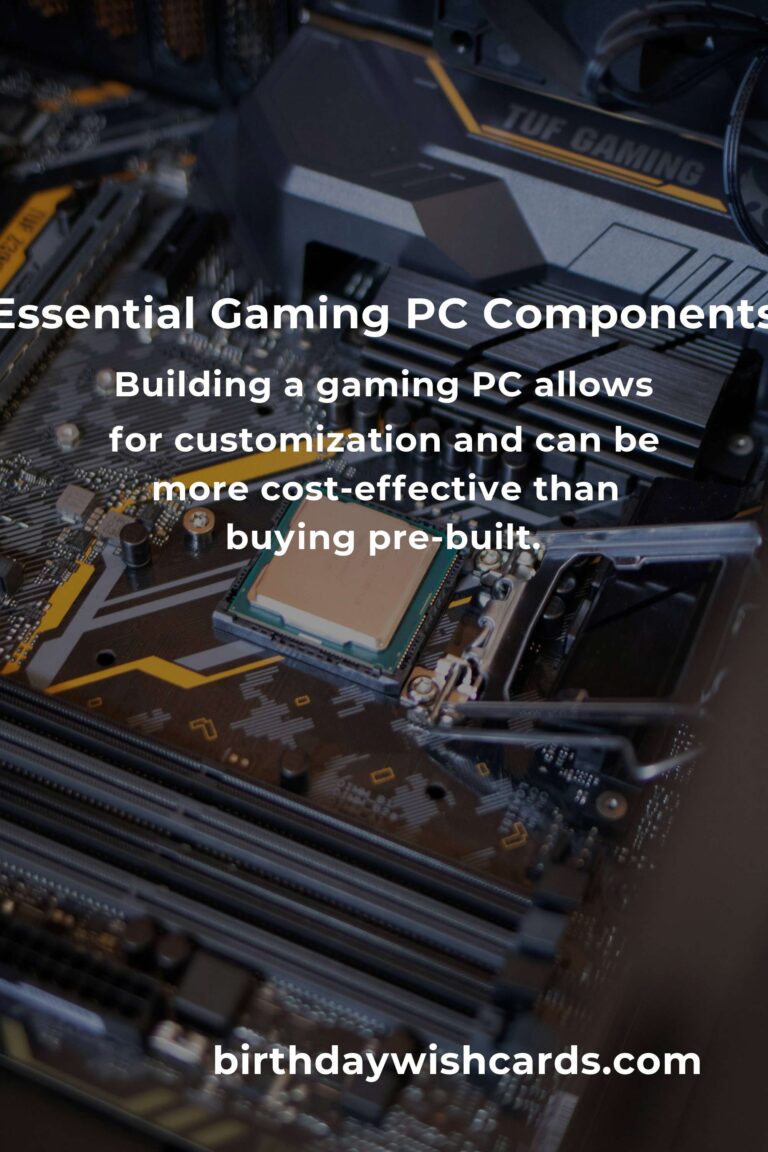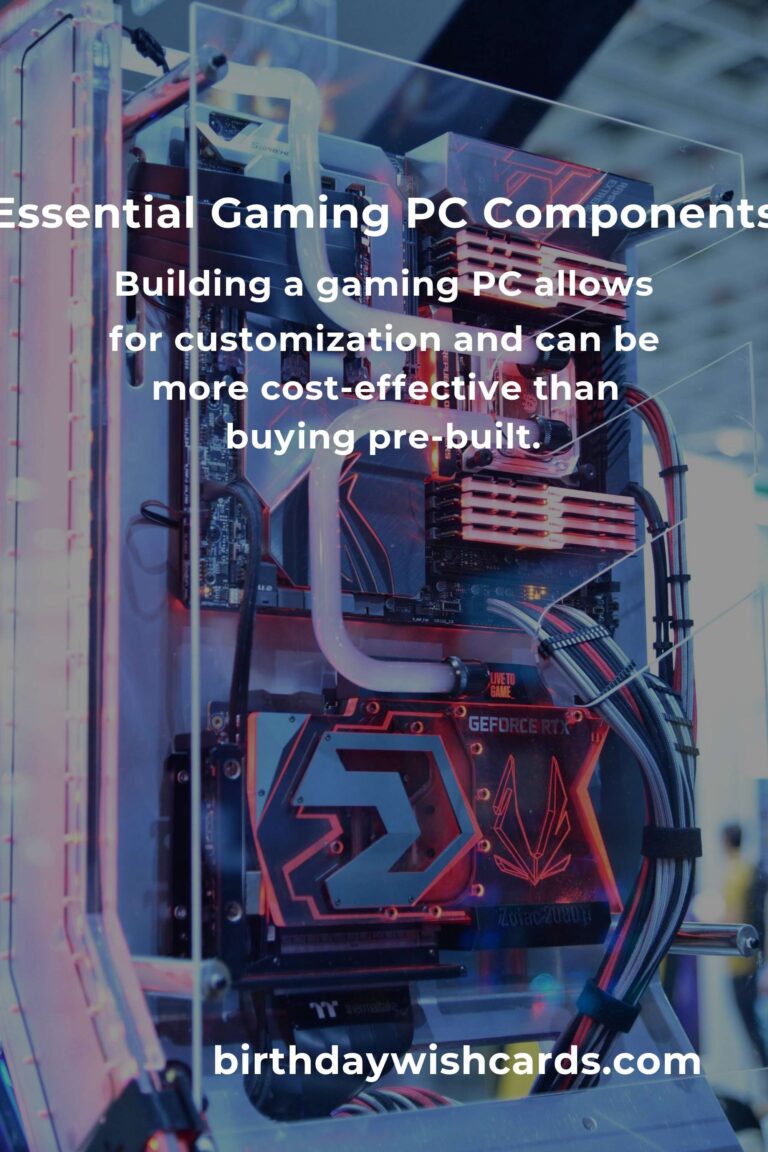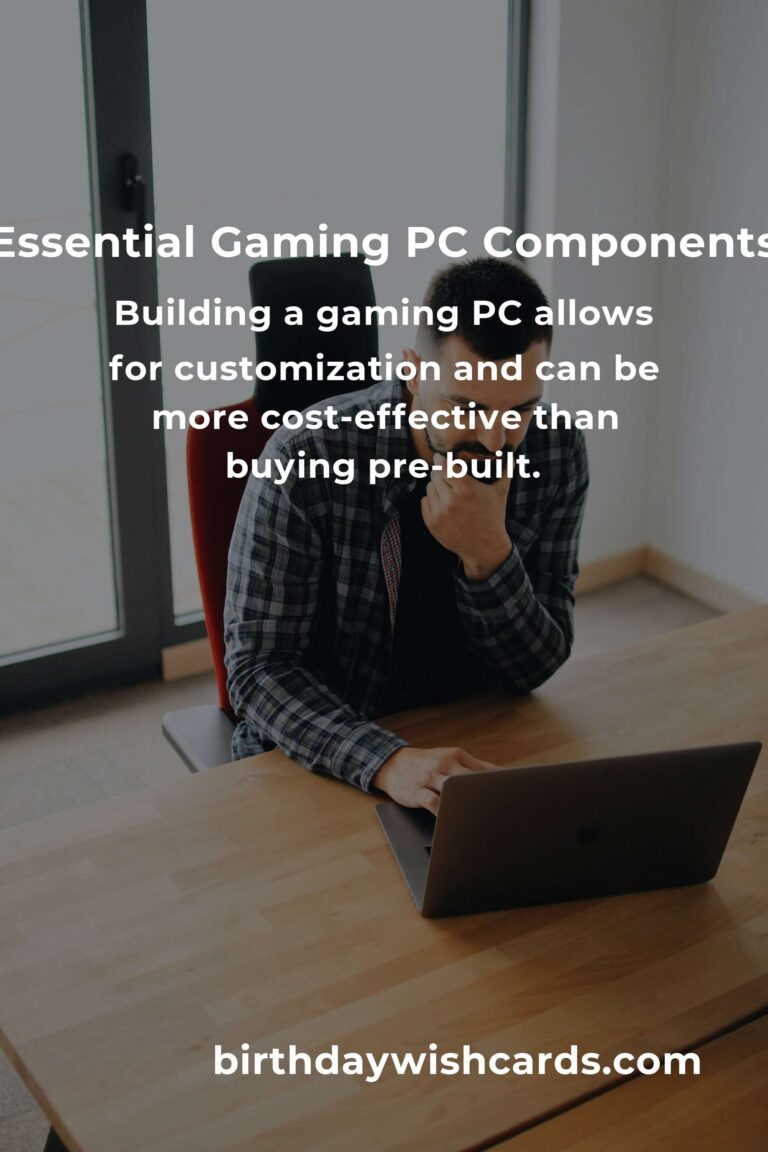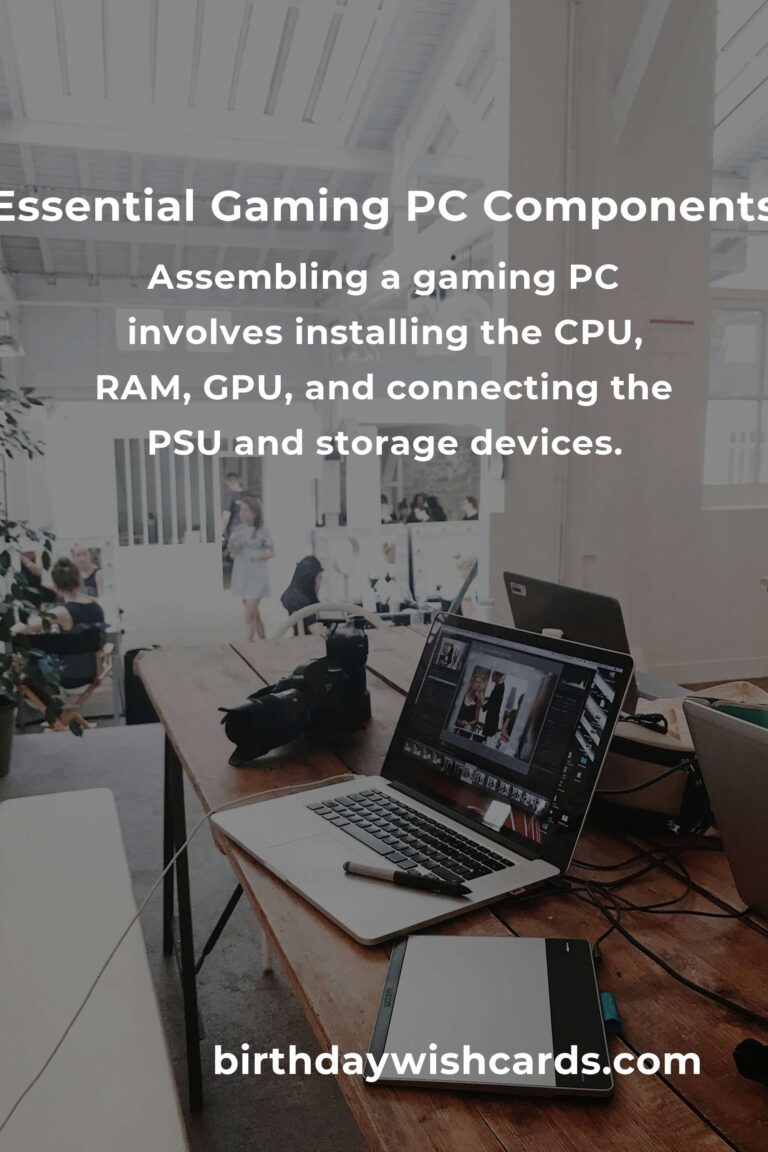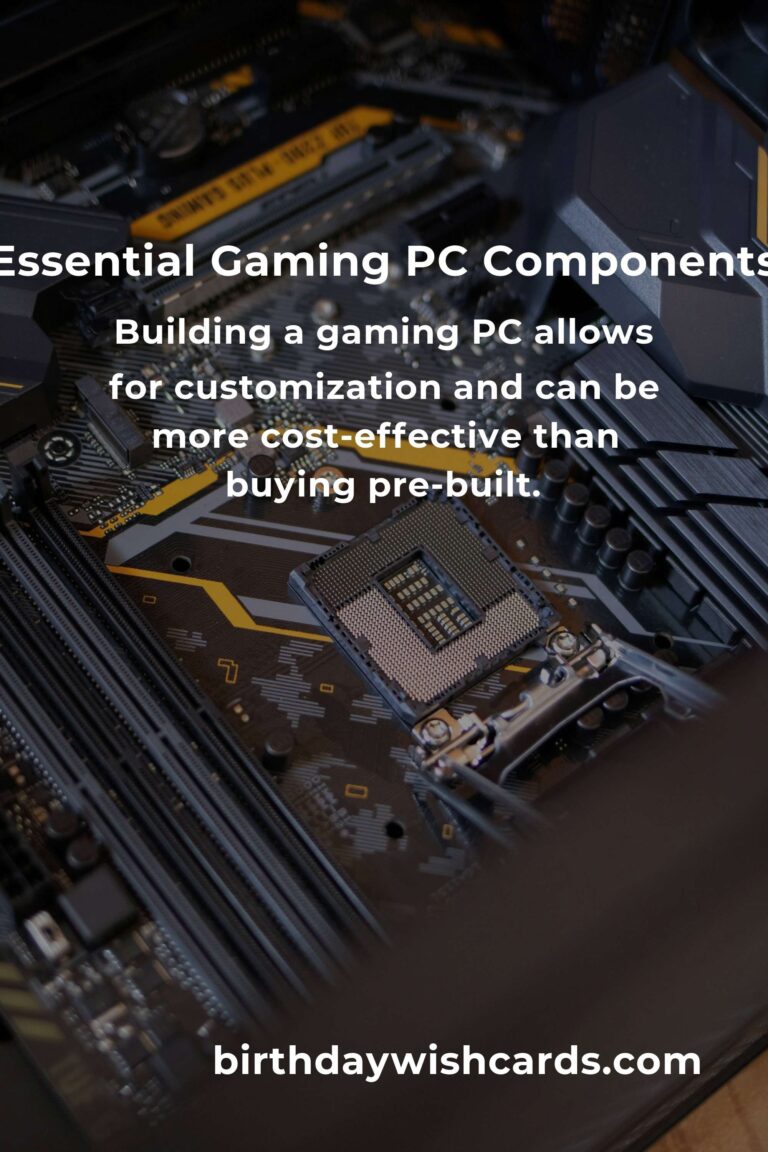
Building a gaming PC can be an exciting and rewarding experience, especially for young adults who are passionate about gaming. This guide will walk you through the process of building a gaming PC, from selecting the right components to assembling them into a powerful machine that can handle the latest games.
Why Build Your Own Gaming PC?
Building your own gaming PC has several advantages. First, it allows you to customize your system to meet your specific gaming needs. You can choose the components that best suit your gaming style, whether you prioritize graphics, speed, or storage. Second, building a PC can be more cost-effective than buying a pre-built one, as you can shop around for the best deals on individual components. Finally, building a PC can be a fun and educational experience, teaching you valuable skills in computer hardware and troubleshooting.
Choosing the Right Components
The first step in building a gaming PC is choosing the right components. Here are the key components you’ll need:
Processor (CPU)
The CPU is the brain of your computer, and it’s crucial for gaming performance. Look for a processor with a high clock speed and multiple cores. Popular options include AMD Ryzen and Intel Core series processors.
Graphics Card (GPU)
The GPU is responsible for rendering the images on your screen. A powerful GPU will ensure smooth and high-quality graphics. Consider options like NVIDIA GeForce or AMD Radeon graphics cards.
Memory (RAM)
RAM is important for multitasking and ensuring your games run smoothly. Aim for at least 16GB of RAM for a gaming PC.
Storage
For storage, you’ll need a combination of speed and capacity. An SSD (Solid State Drive) will provide fast load times, while an HDD (Hard Disk Drive) can offer additional storage space for games and media.
Motherboard
The motherboard connects all your components. Make sure it is compatible with your CPU and has enough slots for RAM and other peripherals.
Power Supply Unit (PSU)
The PSU provides power to your components. Ensure it has enough wattage to support your build, typically around 650W to 750W for most gaming PCs.
Case
The case houses all your components. Choose one that fits your components and has good airflow to keep everything cool.
Assembling Your Gaming PC
Once you have all your components, it’s time to assemble your gaming PC. Here are the general steps:
Step 1: Install the CPU
Carefully install the CPU into the motherboard socket. Be sure to align the CPU correctly with the socket.
Step 2: Install the RAM
Insert the RAM modules into the appropriate slots on the motherboard, ensuring they click into place.
Step 3: Mount the Motherboard
Secure the motherboard inside the case using screws. Make sure all ports are accessible.
Step 4: Install the GPU
Insert the GPU into the PCIe slot on the motherboard and secure it with screws.
Step 5: Connect Storage Devices
Install your SSD and/or HDD into the case and connect them to the motherboard and power supply.
Step 6: Connect the PSU
Connect the PSU to the motherboard, CPU, GPU, and storage devices using the appropriate cables.
Step 7: Power On and Test
Once everything is connected, power on your PC and ensure all components are functioning correctly. Enter the BIOS to configure initial settings and install your operating system.
Tips for Young Adults Building a Gaming PC
- Research each component thoroughly to ensure compatibility.
- Set a budget and prioritize components that will impact gaming performance the most.
- Use online tutorials and forums for guidance if you encounter issues during assembly.
- Don’t rush the process; take your time to avoid mistakes and ensure everything is assembled correctly.
Conclusion
Building a gaming PC is an excellent project for young adults interested in technology and gaming. By following this guide, you can create a custom PC that meets your gaming needs and provides a sense of accomplishment. Happy gaming!
Building a gaming PC allows for customization and can be more cost-effective than buying pre-built.
Key components for a gaming PC include the CPU, GPU, RAM, storage, motherboard, PSU, and case.
Assembling a gaming PC involves installing the CPU, RAM, GPU, and connecting the PSU and storage devices.
Research and compatibility checks are crucial when selecting components for your gaming PC.
Building a gaming PC can be a fun and educational experience for young adults.
#GamingPC #PCBuild #YoungAdults #Gaming #TechGuide


